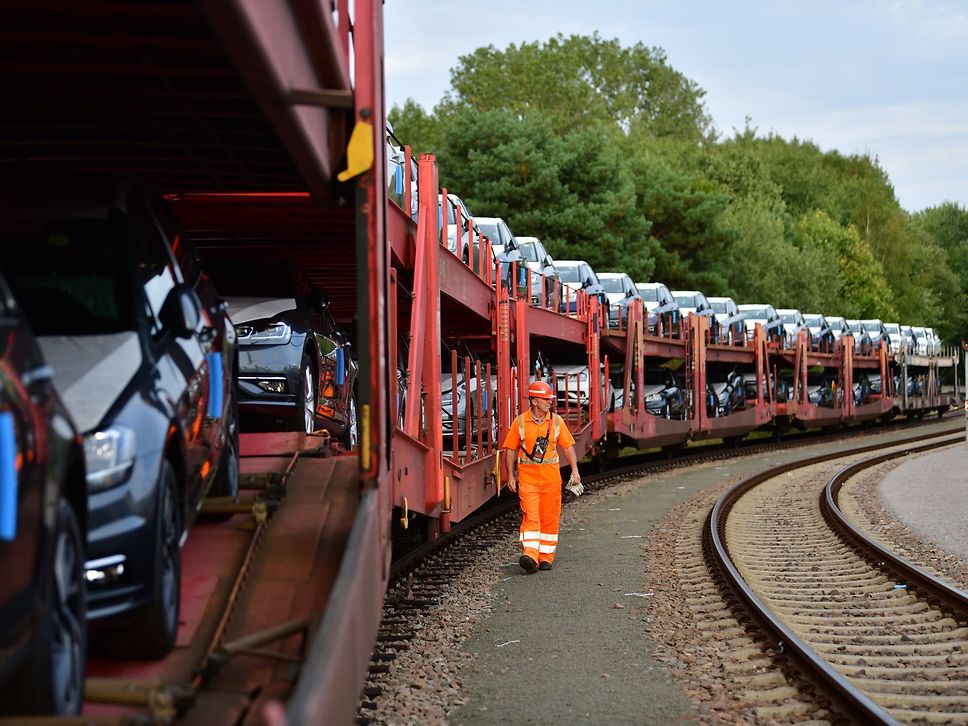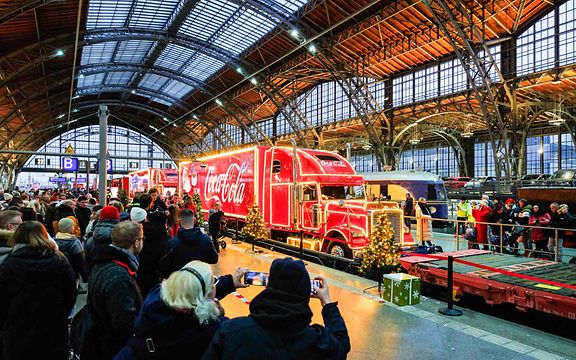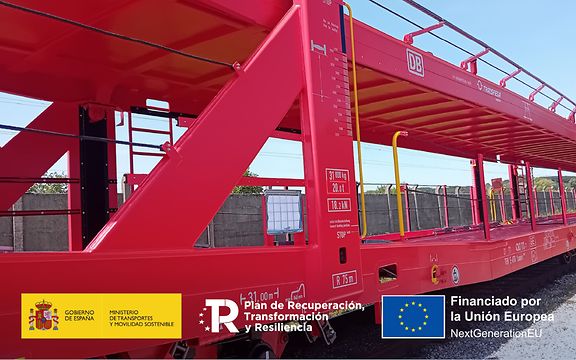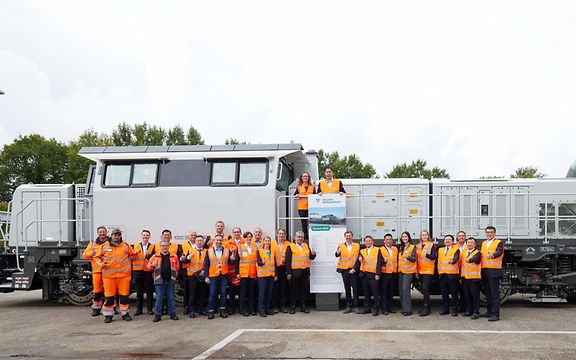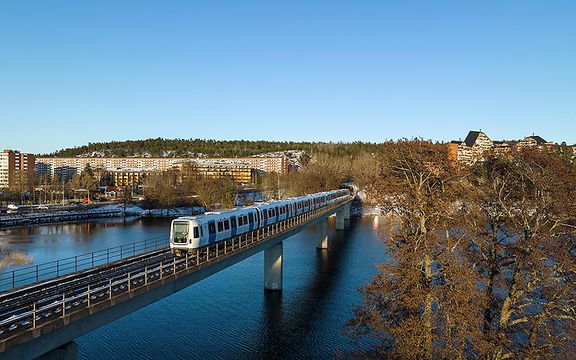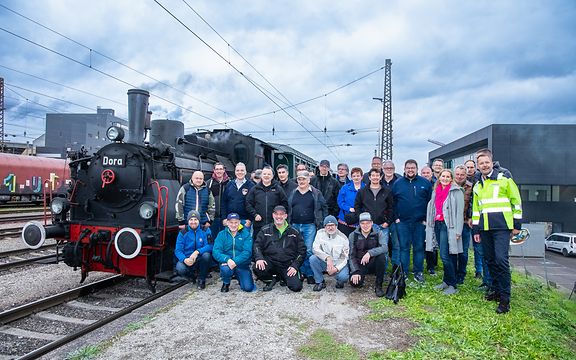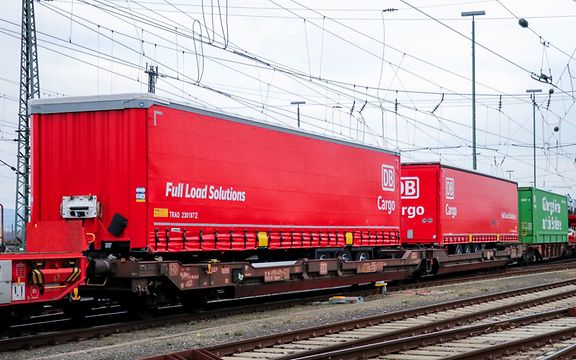The DB Cargo network #3: Strong Rail on the route to Spain
DB Cargo's southwestern route offers effective transport options to Spain – despite the difference in track gauge.
DB Cargo's comprehensive network spans all of Europe and parts of Asia. Our network map provides a clear overview of the benefits and special features that the various rail freight links have to offer. Today, we are taking a closer look at the Southwest Route.
Many ways to transport by train to Spain
There are also various options when it comes to the transport route, with companies able to transport freight via the Atlantic or Mediterranean corridors. In short: there are many ways to transport by train to Spain.
Flexible transport across borders
European standard gauge tracks are currently being extended in order to make freight transport between central Europe and Spain even more efficient in future. Valencia, Tarragona and Martorell are due to be connected to the central European rail network soon.
In addition, DB Cargo's Spanish subsidiary Transfesa Logistics continues to offer cross-border transport with a change of gauge, either via the Atlantic Corridor (wagon axles are changed in Irún/Hendaye) or via the Mediterranean Corridor (wagon axles changed in Port Bou/Cerbère). Transfesa Logistics also organises multimodal transport. Here, the freight is transported from door to door by rail and road, both in Spain and across borders. This connects production centres, ports and retailers for all sectors. Routes are planned based on the customer's individual transport requirements, enabling efficient cross-border logistics.
Efficiency at the Einsiedlerhof hub
The Southwest Route also plays an important role for DB Cargo Logistics' Automotive RailNet. This special industry network connects automotive industry locations across Europe. New cars in particular are frequently transported to and from Spain on the Southwest Route. Einsiedlerhof in south-west Germany is the central transport hub for the finished vehicles. This is where the block trains are assembled for their journey to Spain. The cars are transported to Einsiedlerhof in either single wagonloads or existing train systems from the various plants and ports across Germany and the rest of Europe. The decisive advantage of the hub concept is that it allows cargo volumes from the various plants to be combined into a single direct train. This also makes handling smaller volumes more efficient, which leads to a considerable reduction in overall journey times and more frequent departures.
To find out more about this and other routes, take a look at DB Cargo's new network map.
Explore the strong network of DB Cargo
Get in touch with our expert.
DB Cargo AG
